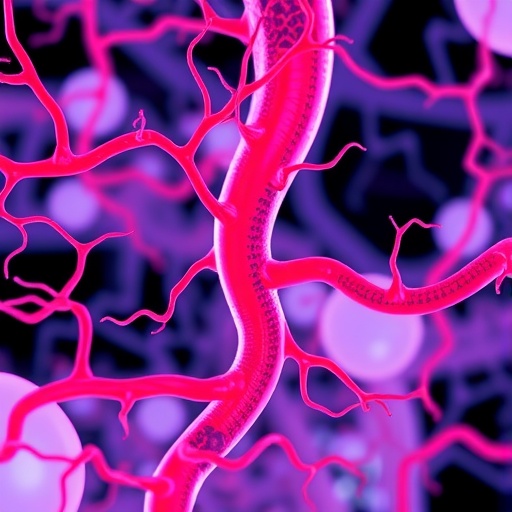
Credit: American Chemical Society
As allergy season intensifies, many people are cursing pollen – the powdery substance released by plants for reproduction. However, pollen may serve a purpose beyond making new plants and triggering sneezes. In ACS Biomaterials Science & Engineering, researchers report a new method for cleaning out the insides of pollen grains so that the non-allergenic shells can be used to carry medicines or vaccines into the human body. A video of the process is here.
Pollen grains have a tough outer shell that protects the male genetic material from environmental stress. Previously, scientists have explored this sturdy yet biodegradable material for various applications, ranging from drug and vaccine delivery to masking the taste of fish oil. Researchers have even developed a method for cleaning out a particular type of pollen spore, lycopodium, to remove allergens and provide a hollow space that can be filled with the desired material. But the procedure doesn't work for other pollen species. So Harvinder Singh Gill and colleagues at Texas Tech University wanted to develop a simple cleaning method that would work for many types of pollen.
When the team tried the previously developed method on ragweed pollen, they ended up with a clumped-together mess of pollen grains and proteins. However, when they switched the order of two of the steps — so that they treated the pollen with acid before base — the resulting pollen shells were hollowed out and unclumped. The new method worked for all types of pollen tested, including ragweed, sunflower, black alder and lamb's quarters.
###
The authors acknowledge funding from the National Institutes of Health and the Defense Advanced Research Projects Agency.
The abstract that accompanies this study is available here.
The American Chemical Society, the world's largest scientific society, is a not-for-profit organization chartered by the U.S. Congress. ACS is a global leader in providing access to chemistry-related information and research through its multiple databases, peer-reviewed journals and scientific conferences. ACS does not conduct research, but publishes and publicizes peer-reviewed scientific studies. Its main offices are in Washington, D.C., and Columbus, Ohio.
To automatically receive news releases from the American Chemical Society, contact [email protected].
Follow us on Twitter | Facebook
Media Contact
Katie Cottingham
[email protected]
301-775-8455
@ACSpressroom
http://www.acs.org




